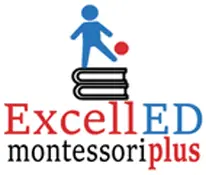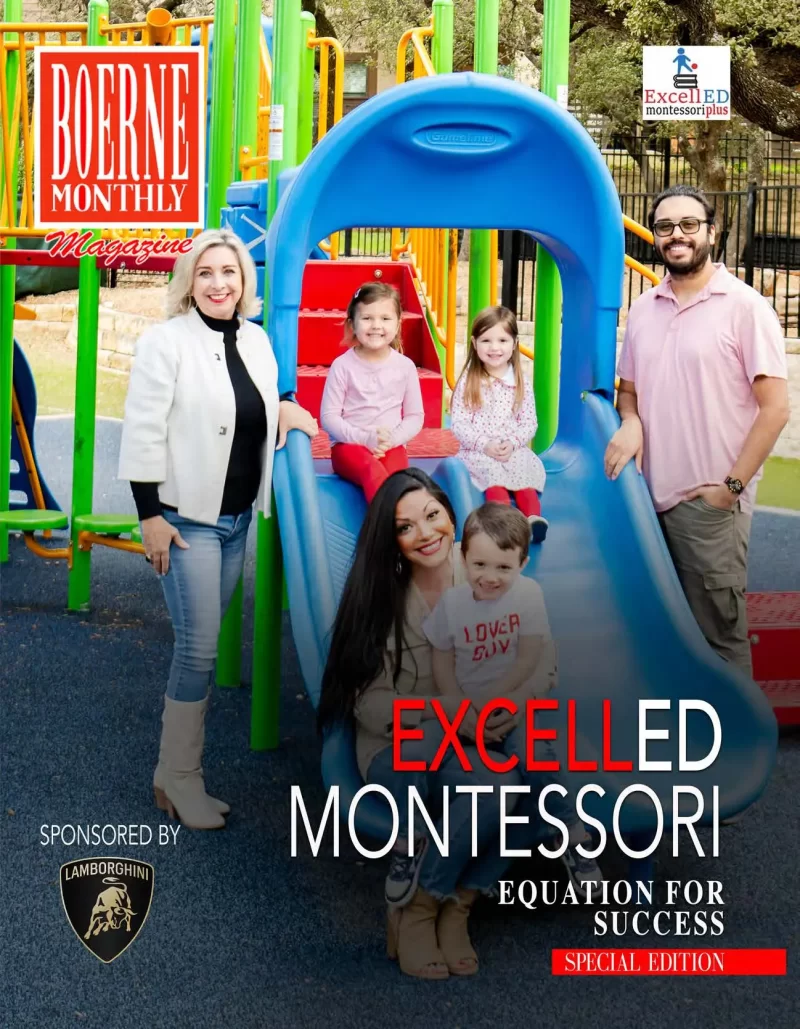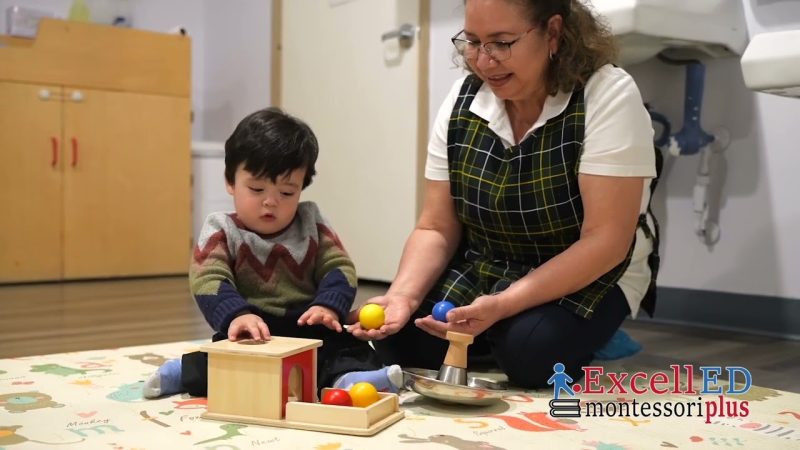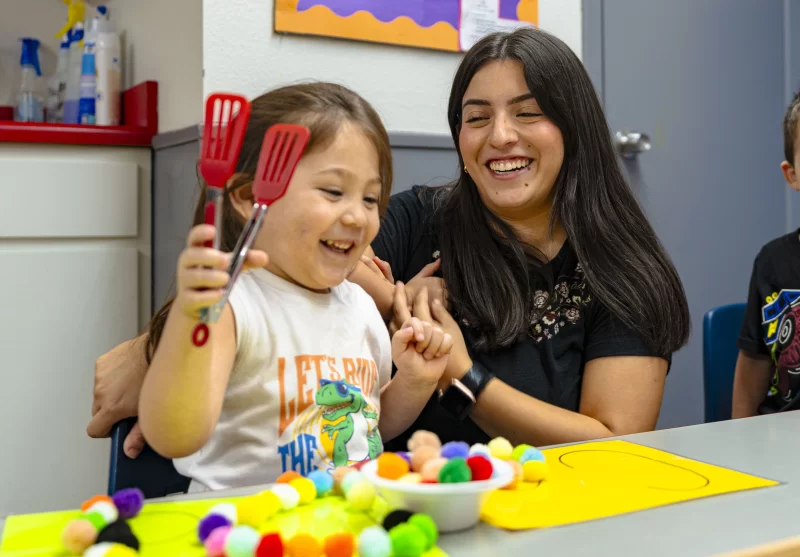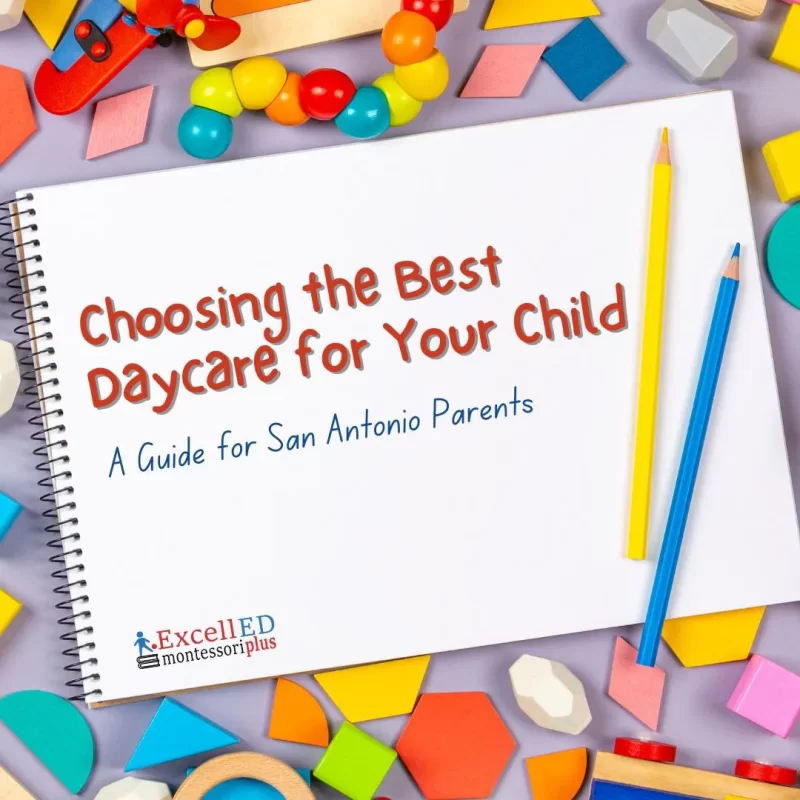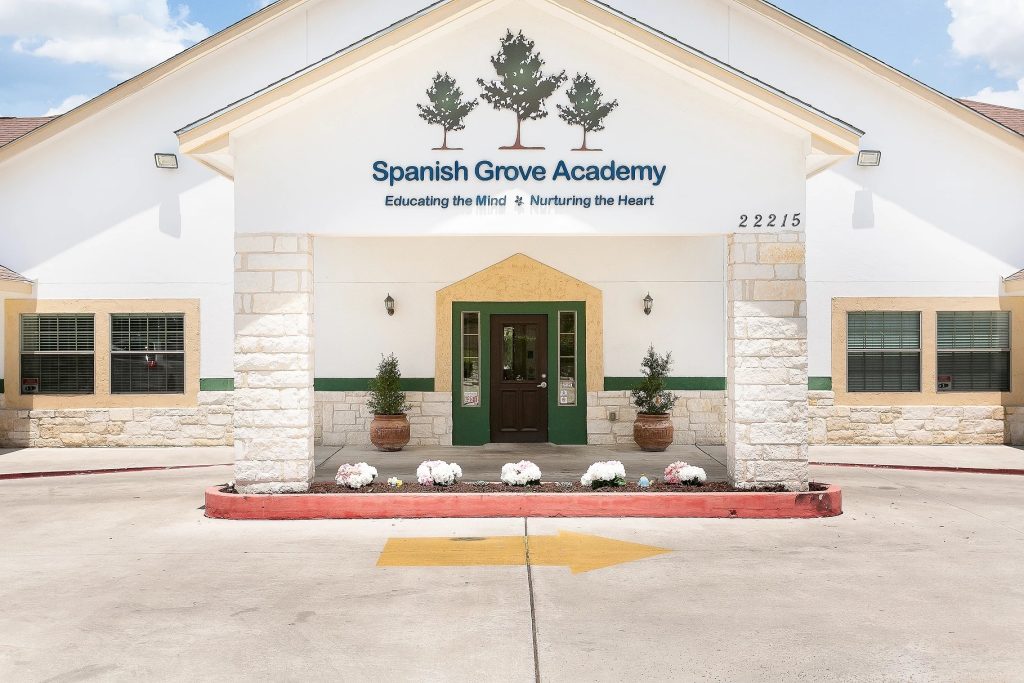
Parents and educators are looking for ways to provide young children with bilingual education. The Montessori method, known for its child-centered approach and focus on independent learning, pairs perfectly with bilingualism. This approach is effective in nurturing language skills in early education. Here’s why Montessori and bilingualism are a perfect pair and how they work together to benefit young learners.
The Montessori Method: An Overview
The Montessori method, developed by Dr. Maria Montessori, believes children learn best in a prepared environment that supports their natural curiosity and desire to learn. Key principles of the Montessori approach include:
- Child-Centered Learning: Children explore and learn at their own pace, following their interests.
- Hands-On Activities: Learning happens through hands-on activities that engage the senses.
- Independence and Responsibility: Children choose their activities and take responsibility for their learning.
- Mixed-Age Classrooms: Classrooms often include children of different ages, promoting peer learning and collaboration.
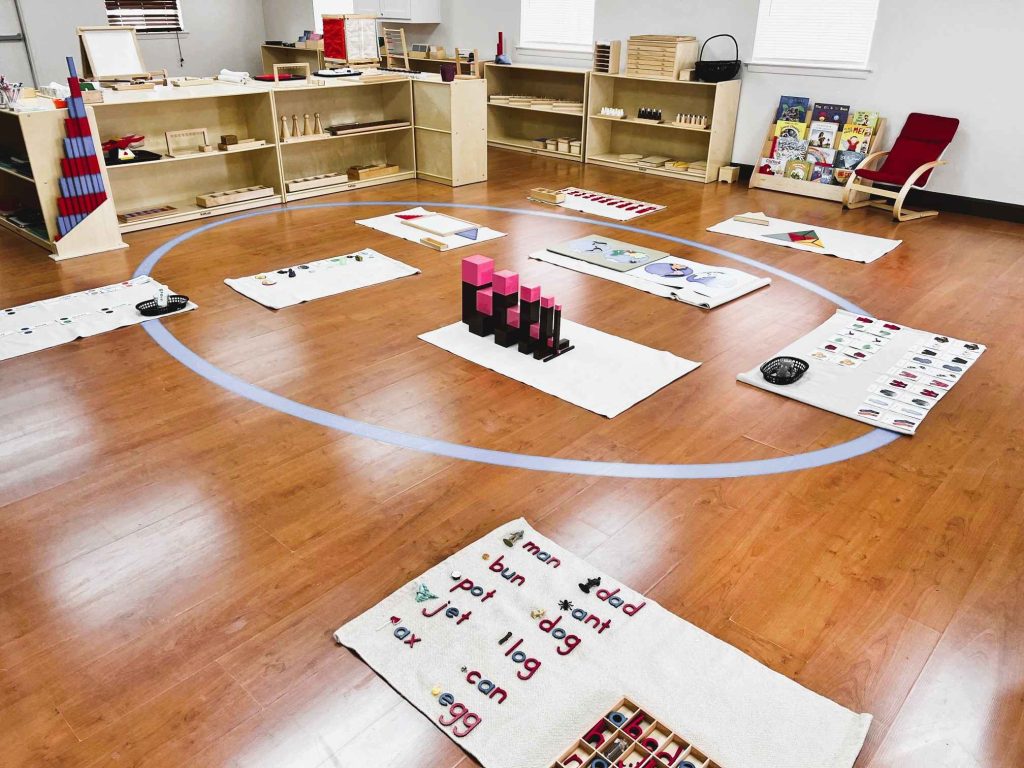
The Benefits of Bilingualism in Early Education
Bilingualism offers many benefits for young children, including:
- Better Thinking Skills: Learning two languages improves problem-solving, multitasking, and creative thinking.
- Improved School Performance: Bilingual children often do better in school, especially in math, science, and reading.
- Cultural Awareness and Empathy: Bilingualism helps children understand and appreciate different cultures.
- Better Communication Skills: Bilingual children can express themselves well in multiple languages.
Maria Montessori coined the term ‘Absorbent Mind’ to describe how a child absorbs, like a sponge, the environment into which he is born. She wrote in-depth on how a child absorbs his environment into the very fabric of his soul, including the languages that surround him.
“What is clear is that when the child is born, he has neither hearing nor speech. So what exists? Nothing, yet all is ready to appear.” — Maria Montessori
Maria Montessori also observed that children go through sensitive periods, developmental windows, when a child is most receptive and capable of learning a particular skill, one of which is language. Between birth and the age of six is the most beneficial time to expose a child to language. But how?
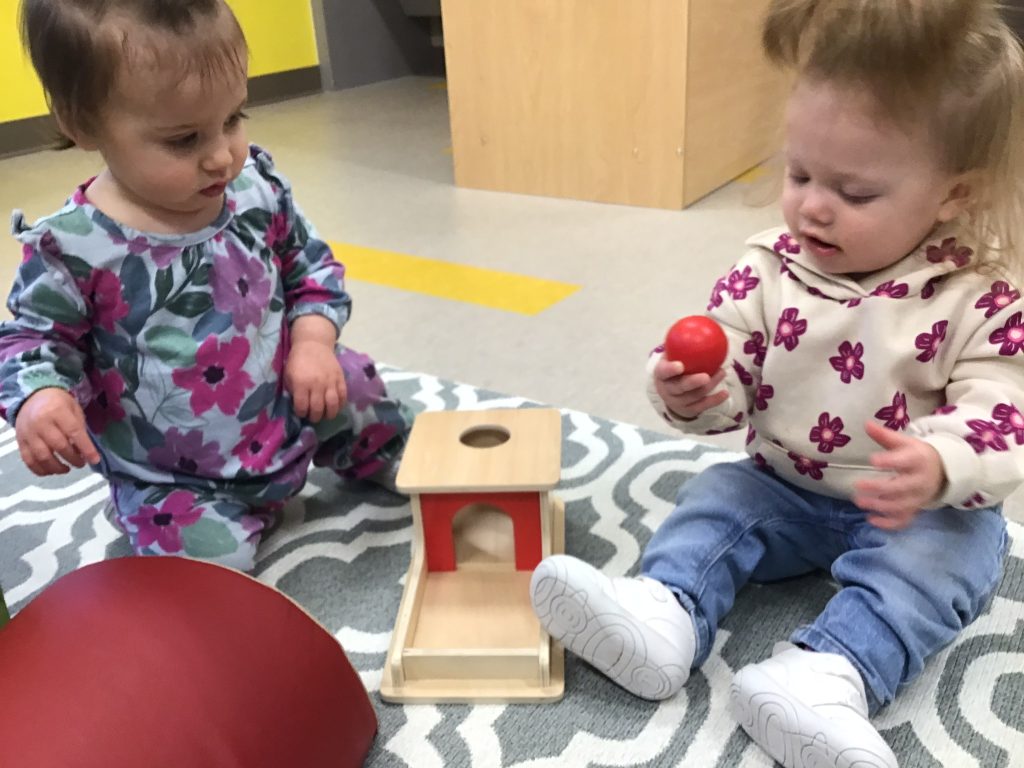
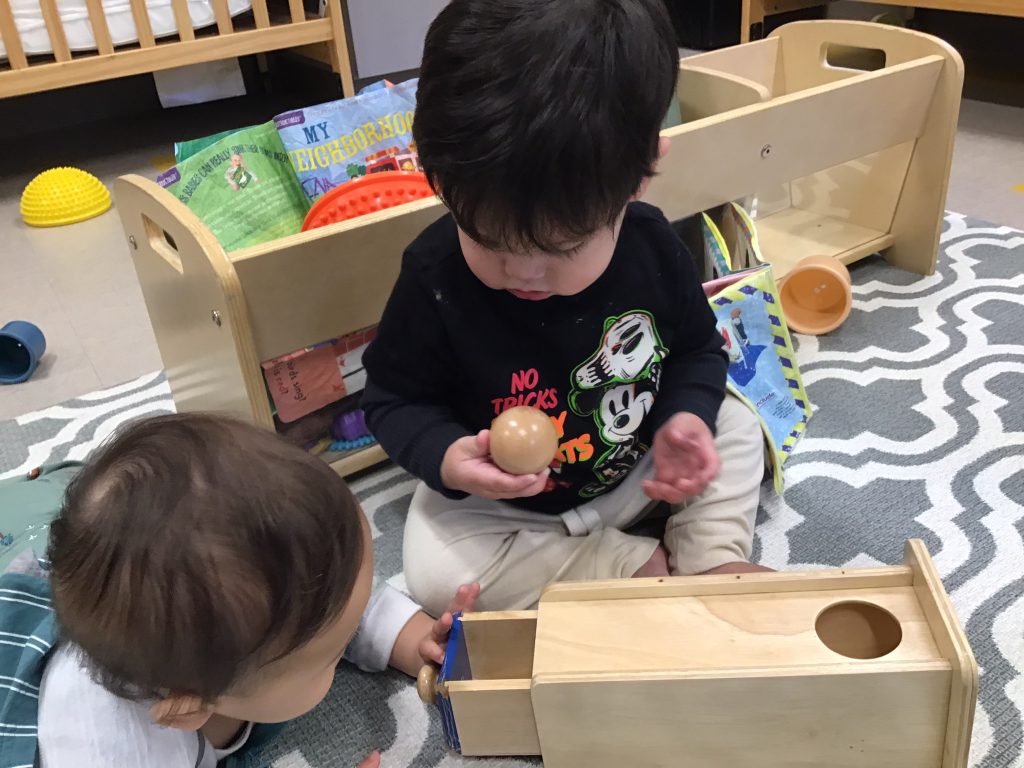
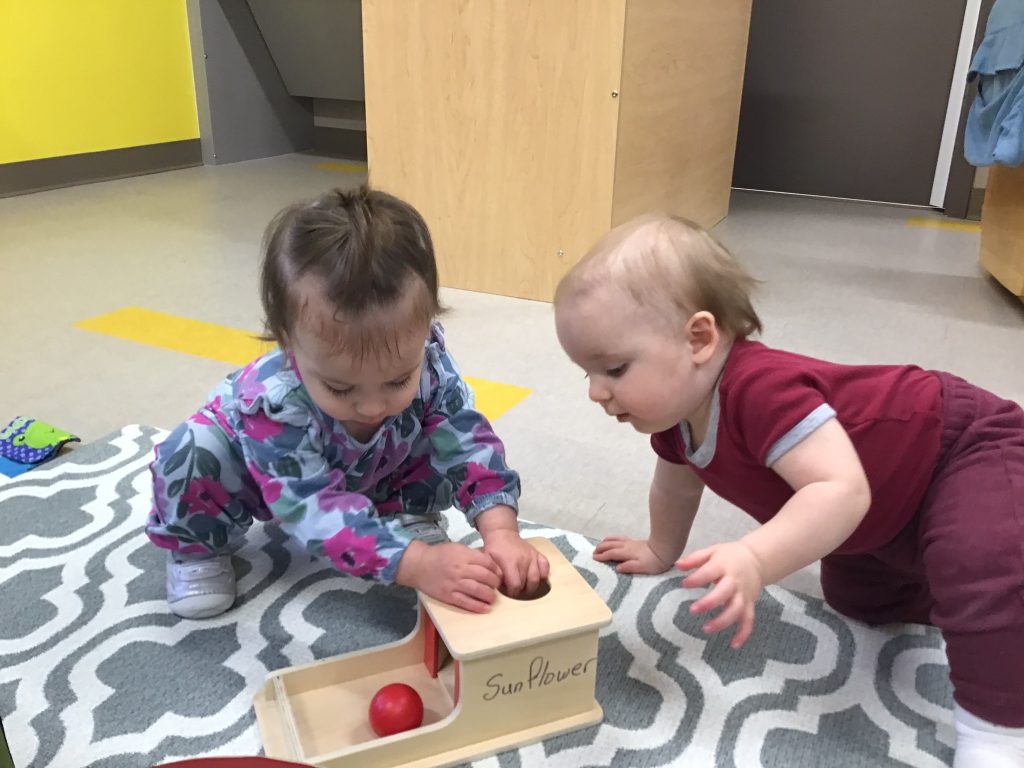
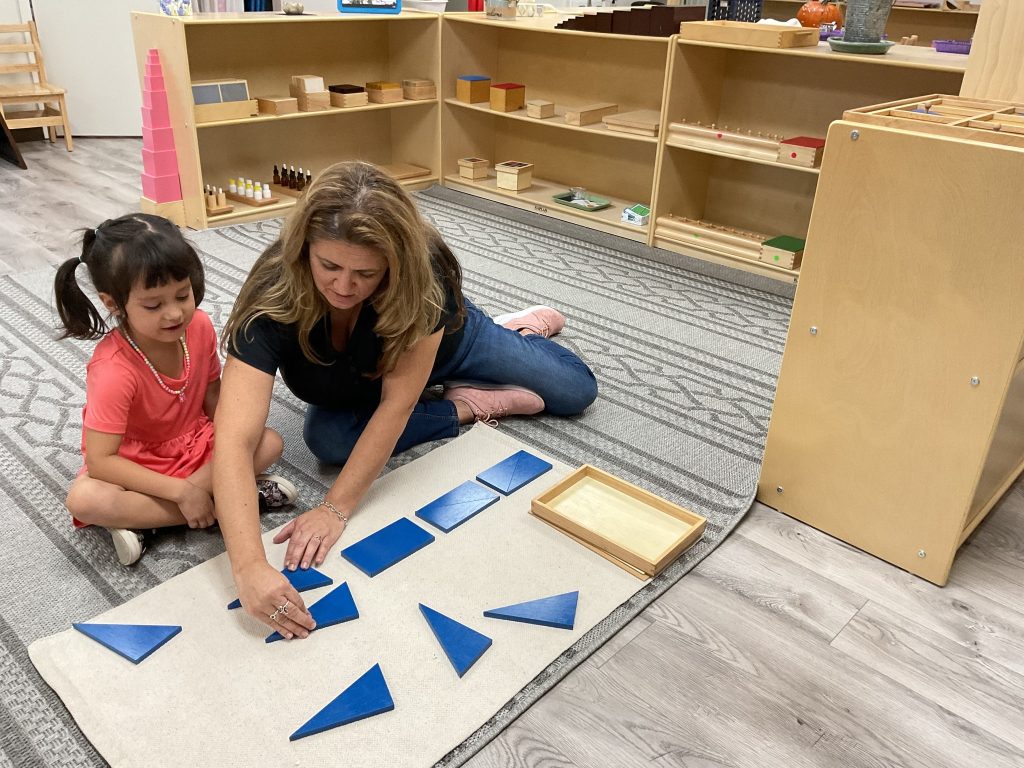
How Montessori Supports Bilingualism
The Montessori method’s focus on self-directed, hands-on learning aligns well with bilingual education. Here’s how Montessori supports bilingualism:
1. Prepared Environment
Montessori classrooms are designed to create a rich language environment. Bilingual materials, such as books, labels, and learning tools, are available in both languages. This constant exposure helps children naturally absorb and use both languages.
2. Individualized Learning
Montessori’s individualized approach allows children to progress at their own pace. This is especially helpful for bilingual learners, who may develop language skills at different rates. Teachers can tailor activities to each child’s needs, ensuring they receive the support necessary to become proficient in both languages.
3. Mixed-Age Classrooms
In Montessori classrooms, children of different ages learn together. Older children help younger ones, providing natural opportunities for language practice and peer learning. This encourages bilingual children to use both languages in real-life situations, reinforcing their skills.
4. Hands-On Learning
Montessori education emphasizes hands-on learning. Activities that engage the senses help children make connections between words and their meanings in both languages. This approach makes language learning more engaging and effective.
5. Cultural Integration
Montessori education values cultural diversity. Bilingual programs often include cultural activities, such as celebrating holidays and learning about different countries. This helps children appreciate the languages they are learning and fosters a global mindset.
6. Encouraging Independence
Montessori education encourages children to be independent learners. Bilingual children are given opportunities to practice both languages independently, building confidence in their language abilities.
Practical Tips for Implementing Montessori Bilingual Education at School
- Create a Language-Rich Environment: Fill the classroom with bilingual materials and ensure both languages are visible and audible.
- Incorporate Cultural Activities: Celebrate cultural events and traditions related to both languages to deepen children’s understanding.
- Use Visual Aids: Use pictures, labels, and hands-on materials to support language learning.
- Encourage Peer Interaction: Facilitate group activities and projects that require communication in both languages.
- Engage Families: Encourage parents to support bilingualism at home by providing resources and suggestions for bilingual activities.
Practical Tips for Implementing Montessori Bilingual Education at Home
- Choose a language and speak it consistently.
Decide on which languages you would like your child to learn and then designate a carer to speak that particular language to your child consistently. For example, if the mother speaks Spanish, the mother must speak only Spanish to the child where possible. It is best if the carer communicates in their native tongue. - Expose your child to different languages through books.
Incorporate books in various languages on your child’s bookshelf, preferably in the languages your child is learning. Provide your child with books that reflect the culture of these languages. For example, age-appropriate books written in the Spanish language and on topics such as flamenco dance or the Pyrenees. - Label your child’s environment in both languages.
Label items around your home in both the languages your child are learning. For example, you can label the mirror ‘mirror’ and ‘espejo’ in the bathroom. Perhaps choose a different color writing for each language. - Speak each language properly.
Communicate with your child as though they understand everything you are saying. You do not need to use ‘baby language’ to help your child understand. Your child needs to hear the language appropriately spoken to absorb it effectively. - Make eye contact.
Bend down to your child’s level and make eye contact when communicating, which helps your child read your facial expressions and formations of your mouth so that they can fully understand and imitate the sounds. - Play music or listening stories in both languages.
Expose your child to the linguistic melodies of each language. Every language has a unique beauty and richness, which imbues its culture and history. Make sure your child hears the languages they speak shared through many auditory mediums. - Encourage your child to write in both languages.
Thank-you letters are a fantastic way to encourage your child to use both languages in their written form. For example, if your child’s grandmother speaks Portuguese with your child, then encourage your child to write a thank-you note to her in this language.
Conclusion
Montessori and bilingualism are a perfect pair for early education. The Montessori method’s focus on individualized, hands-on learning creates an ideal environment for children to develop bilingual skills. By integrating bilingualism into the Montessori framework, educators can provide children with the cognitive, social, and academic benefits of being fluent in multiple languages. This approach not only prepares children for future success but also fosters a deep appreciation for cultural diversity, making them well-rounded, empathetic global citizens.
- Topic Outline:
- What is Bilingualism?
- How can you prepare your child to be bilingual?
- Montessori & Bilingualism
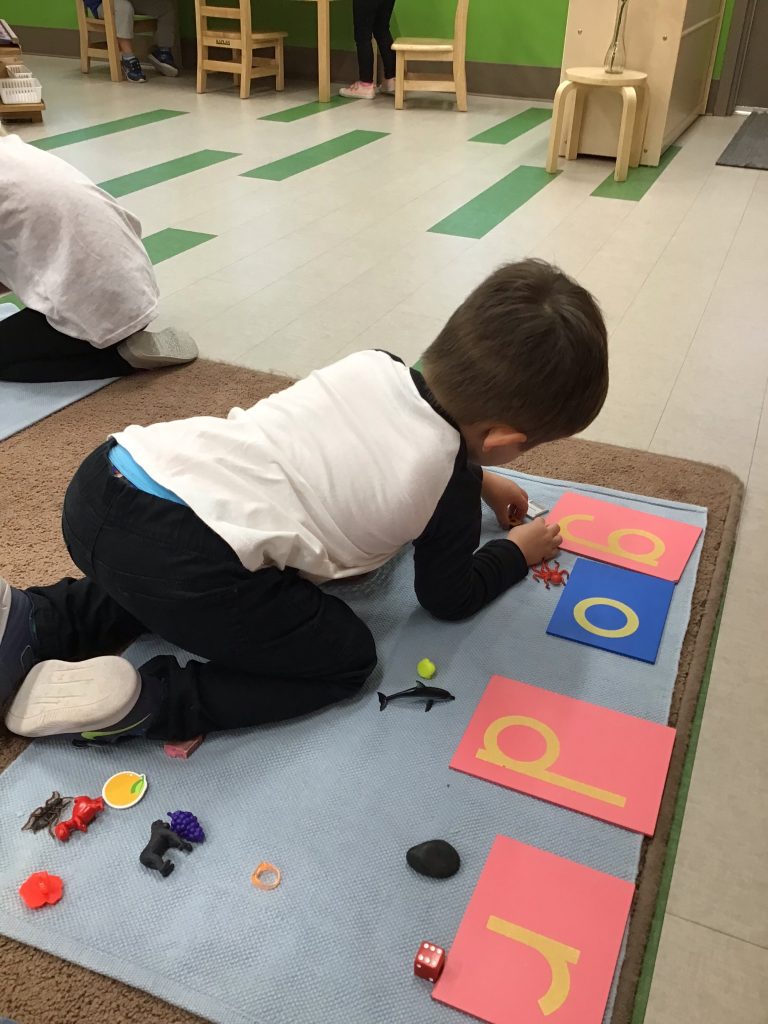
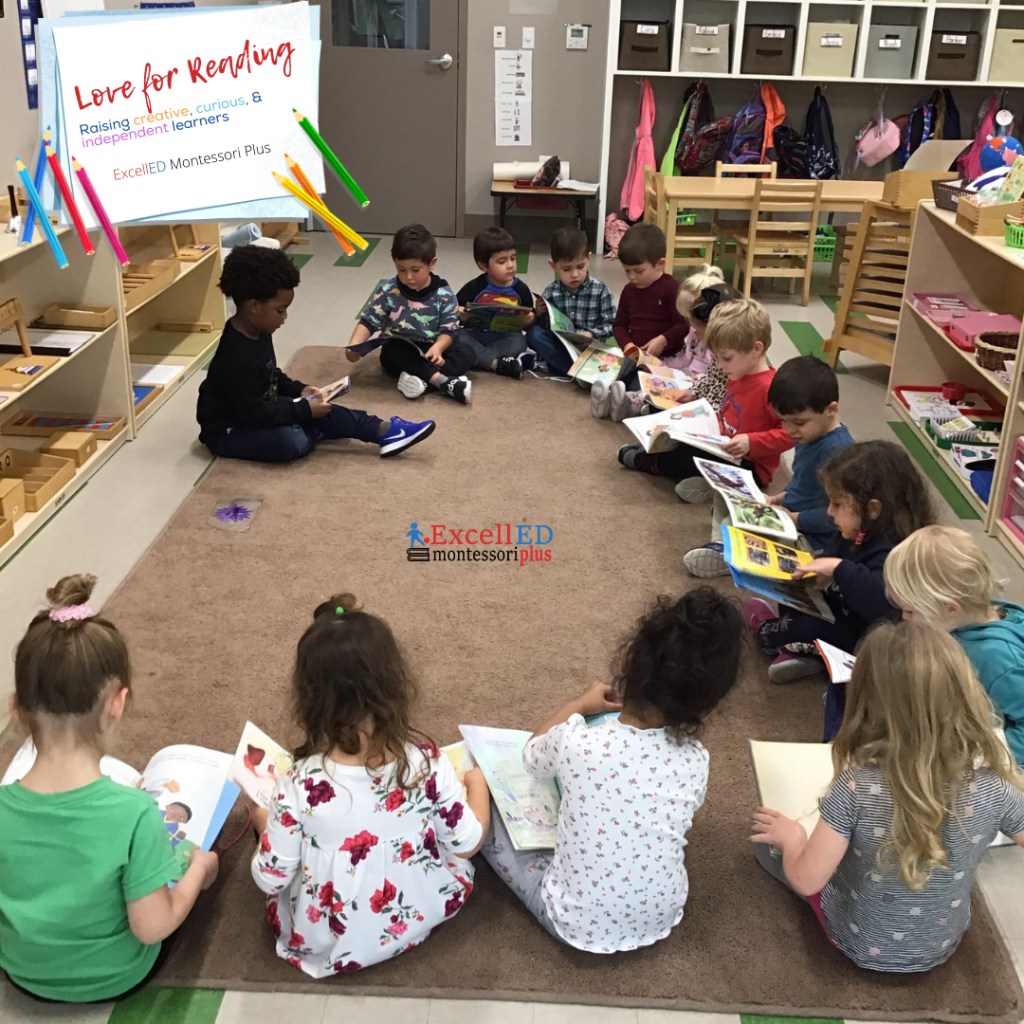
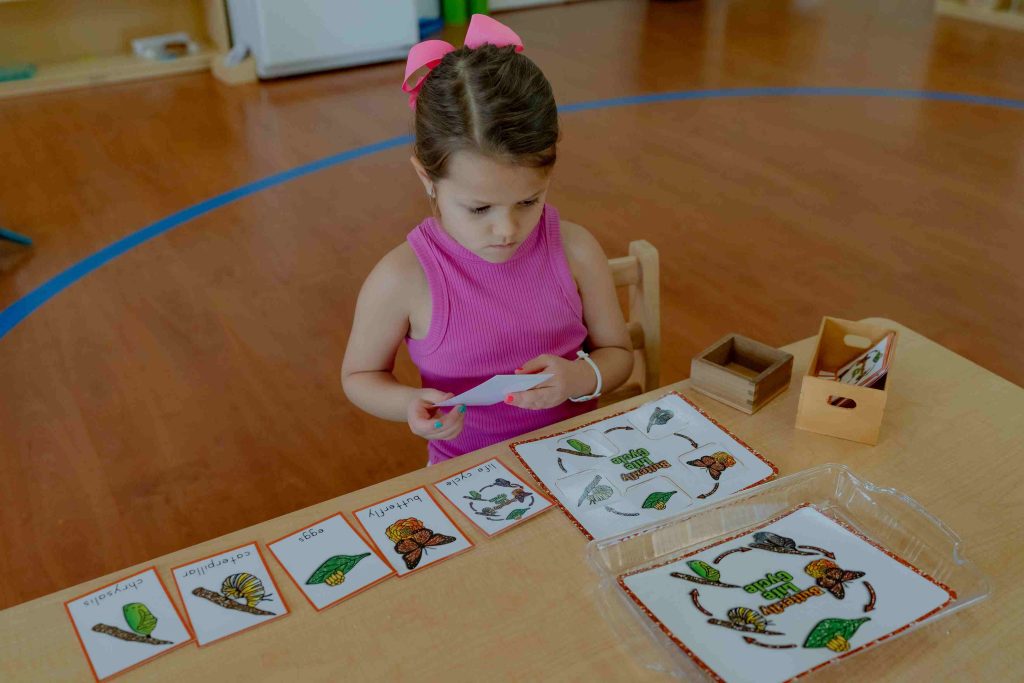
Subscribe to Newsletter
Programs offered at ExcellED Montessori Plus include:
✔️Infants (10 Weeks – 18 Months)
✔️Toddlers (18 – 36 Months)
✔️Primary (3-6 Years)
✔️Kindergarten
✔️Mother’s Day Out
✔️Spanish Immersion / Dual Language
✔️After School Programs and Summer Camp (6 – 12 Years)
Music, Spanish, and Yoga are other programs included as part of the tuition.
Learn more about Inquiry-based Learning
